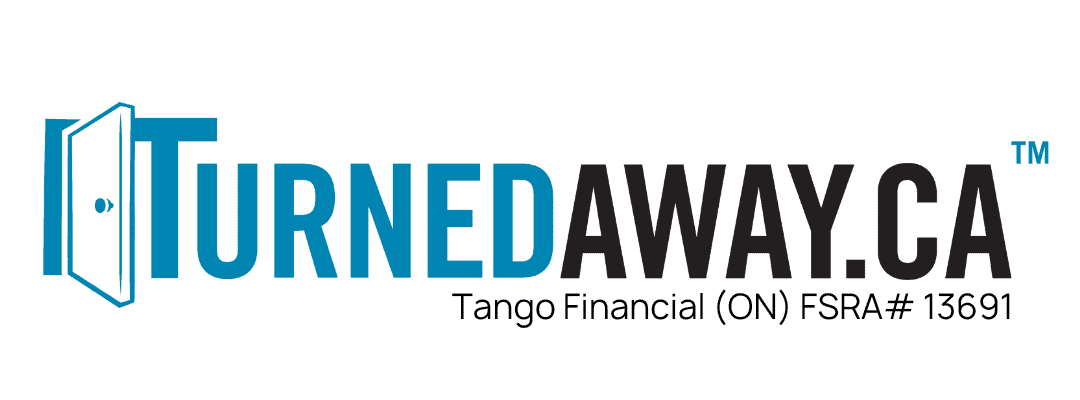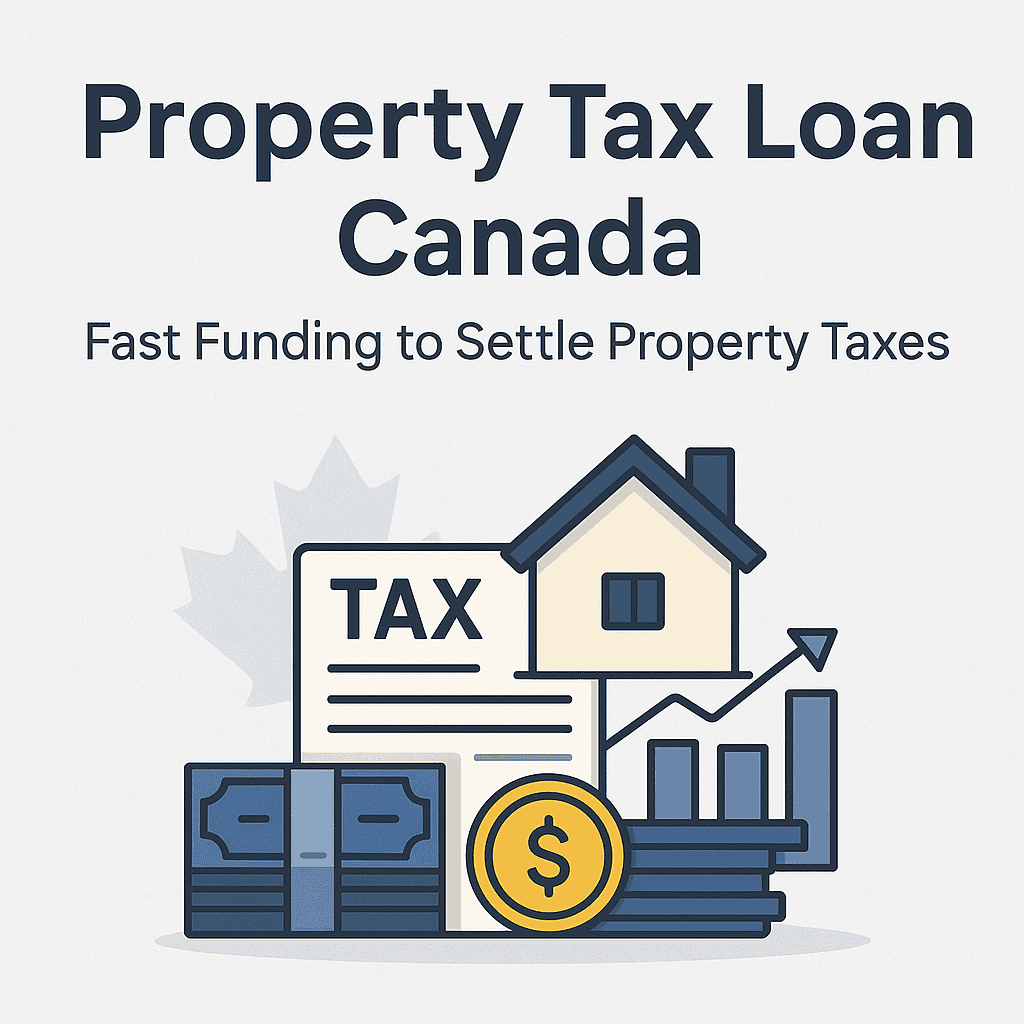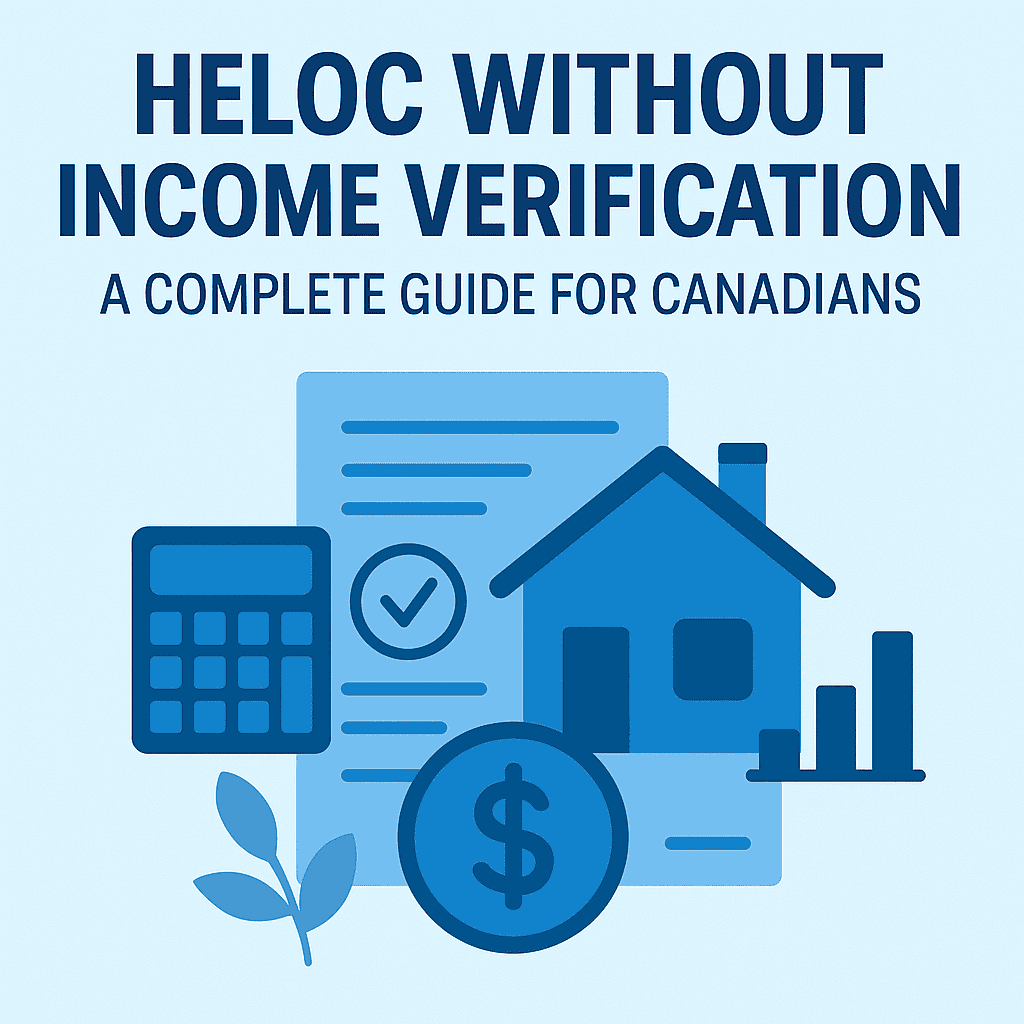There’s a growing google search trend: “home equity loan without refinancing”. You’ve worked hard to lock in a low mortgage rate. Now you need cash—maybe for renovations, consolidating debt, or covering an emergency—but the idea of refinancing makes you nervous. Refinancing can reset your mortgage term, potentially increase your rate, and come with thousands in closing costs.
The good news? You can secure a home equity loan without refinancing your existing mortgage.
In this guide, we’ll walk you through:
-
Exactly how a home equity loan works when you don’t refinance.
-
Steps to qualify and apply successfully.
-
Real-life Canadian examples.
-
Key alternatives and when they might work better.
-
Answers to common questions homeowners ask before applying.
This is a Canadian-focused guide tailored to homeowners who want to keep their current mortgage and still access the value they’ve built in their home.
1. Understanding a Home Equity Loan Without Refinancing
A home equity loan is sometimes called a second mortgage. It allows you to borrow a lump sum based on the equity in your home—without touching your existing mortgage.
How a Home Equity Loan without Refinancing Works in Canada
-
You can usually borrow up to 80% of your home’s value, minus your current mortgage balance (Government of Canada).
-
The new loan is registered as a second lien on your property.
-
You keep your original mortgage’s interest rate and term.
Why Not Refinance Instead?
-
If you have a low fixed rate, refinancing could mean paying thousands more in interest.
-
Breaking your mortgage early may trigger large penalties.
Real-Life Example
Sara in Mississauga had a $200,000 mortgage at 2.29% and needed $50,000 for home upgrades. Refinancing meant a higher rate and $4,500 in penalties. Instead, she took a home equity loan without refinancing at 6.99% for one year, keeping her original loan untouched. This allowed her to continue to enjoy her low rate first
2. Steps to Get a Home Equity Loan Without Refinancing
If you’re ready to move forward, here’s how to approach it step-by-step:
Step 1 – Calculate Your Equity
-
Estimate your home’s market value (appraisal or online estimate).
-
Subtract your current mortgage balance.
Step 2 – Check Your Credit and Income
-
While equity is the main factor, many lenders still check credit score and income.
-
For bruised credit or lower income, TurnedAway.ca works with private lenders to help you qualify.
Step 3 – Choose a Lender Type
-
Banks and credit unions (best rates, stricter requirements).
-
Private mortgage lenders (more flexible, higher rates).
Step 4 – Gather Documents
-
Mortgage statement, property tax bill, proof of income, ID.
Step 5 – Apply Through a Broker
-
A broker like TurnedAway.ca can shop multiple lenders for the best rate and terms.
Step 6 – Close the Loan
-
Review the terms carefully before signing.
-
Funds are typically available within days to weeks depending on lender type.
3. Benefits of Getting a Home Equity Loan Without Refinancing
Preserve Your Low Mortgage Rate
-
Avoid losing your existing favorable interest rate.
Lower Upfront Costs
-
No need to pay penalties for breaking your current mortgage.
Quick Funding
-
Faster process than a full refinance, especially with private lenders.
Flexibility
-
You can choose a repayment term that matches your needs—often 1–5 years for short-term solutions.
Real-Life Example
John in Halifax had mortgage arrears but $300,000 in equity. He secured a second mortgage in under a week, paying off debts and stopping foreclosure without touching his first mortgage (Stop Foreclosure in Canada).
4. When a Home Equity Loan Is Better Than Refinancing
Situations Where It Shines:
-
Your current mortgage rate is much lower than today’s rates.
-
You’re mid-term and penalties for breaking your mortgage are high.
-
You need funds quickly to stop foreclosure, consolidate debt, or pay off tax arrears.
-
Your income or credit score makes refinancing difficult.
Case Study:
Liam and Maria in Vancouver had credit card debt and needed $70,000. Their bank offered a refinance at 6.5% plus $5,800 in penalties. TurnedAway.ca arranged a second mortgage at 8.99% for 2 years—enough time to clear debts and then refinance when their credit improved.
5. Alternatives If a Home Equity Loan Isn’t the Best Fit
Even if a home equity loan is your first choice, there are other ways to access equity without refinancing:
-
HELOC (Home Equity Line of Credit) – Flexible borrowing; interest-only payments during draw period.
-
Reverse Mortgage – For homeowners 55+, no payments until you sell or move.
-
Sell-and-Stay – Sell your home but remain as a tenant.
See our HELOC vs. Home Equity Loans guide for a full comparison.
6. Common Mistakes to Avoid
-
Borrowing More Than You Need – Remember, you pay interest on the full amount from day one.
-
Ignoring Fees – Appraisal, legal, and lender fees can add up.
-
Not Having an Exit Plan – Especially with short-term loans, know how you’ll repay or refinance.
Frequently Asked Questions
Can I get a home equity loan with bad credit?
Yes. While traditional banks prefer higher credit scores, private lenders focus more on equity than credit. TurnedAway.ca specializes in helping homeowners with bruised credit.
How much can I borrow with a home equity loan in Canada?
Typically up to 80% of your home’s value minus your mortgage balance.
Will a home equity loan affect my mortgage renewal?
It can, depending on the lender. Some banks require both loans to be renewed together, so it’s important to plan ahead.
What’s the difference between a home equity loan and a HELOC?
A loan gives you a lump sum with fixed payments, while a HELOC offers a revolving credit line you can draw from as needed.
How long does it take to get a home equity loan?
With private lenders, approvals can take as little as 24–48 hours. Banks may take a few weeks.
Conclusion
A home equity loan without refinancing is one of the smartest ways to access your home’s value while protecting your low mortgage rate. With the right guidance, you can fund renovations, pay off high-interest debt, or handle emergencies—without resetting your mortgage term or paying massive penalties.
If you’re ready to explore your options, our team can help you compare lenders, understand your equity, and secure funding fast so you can move forward with confidence.




